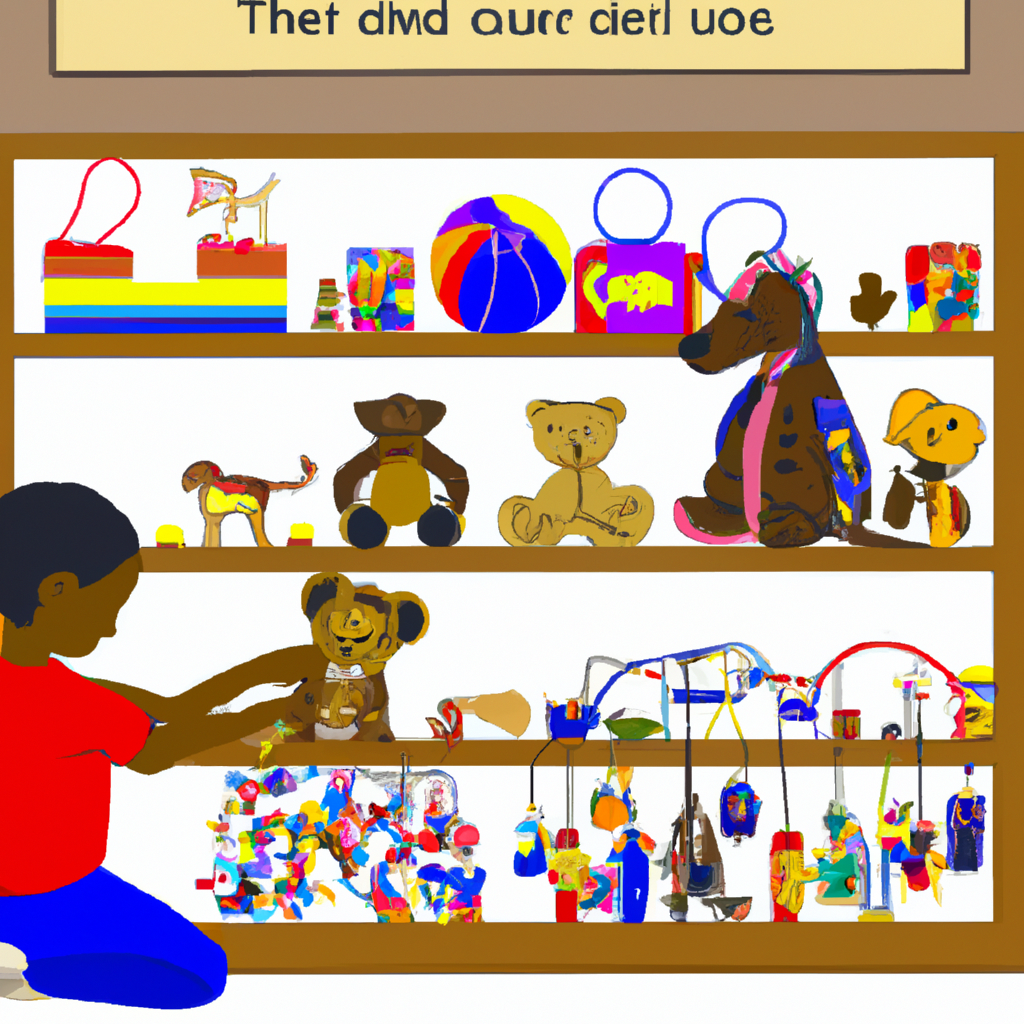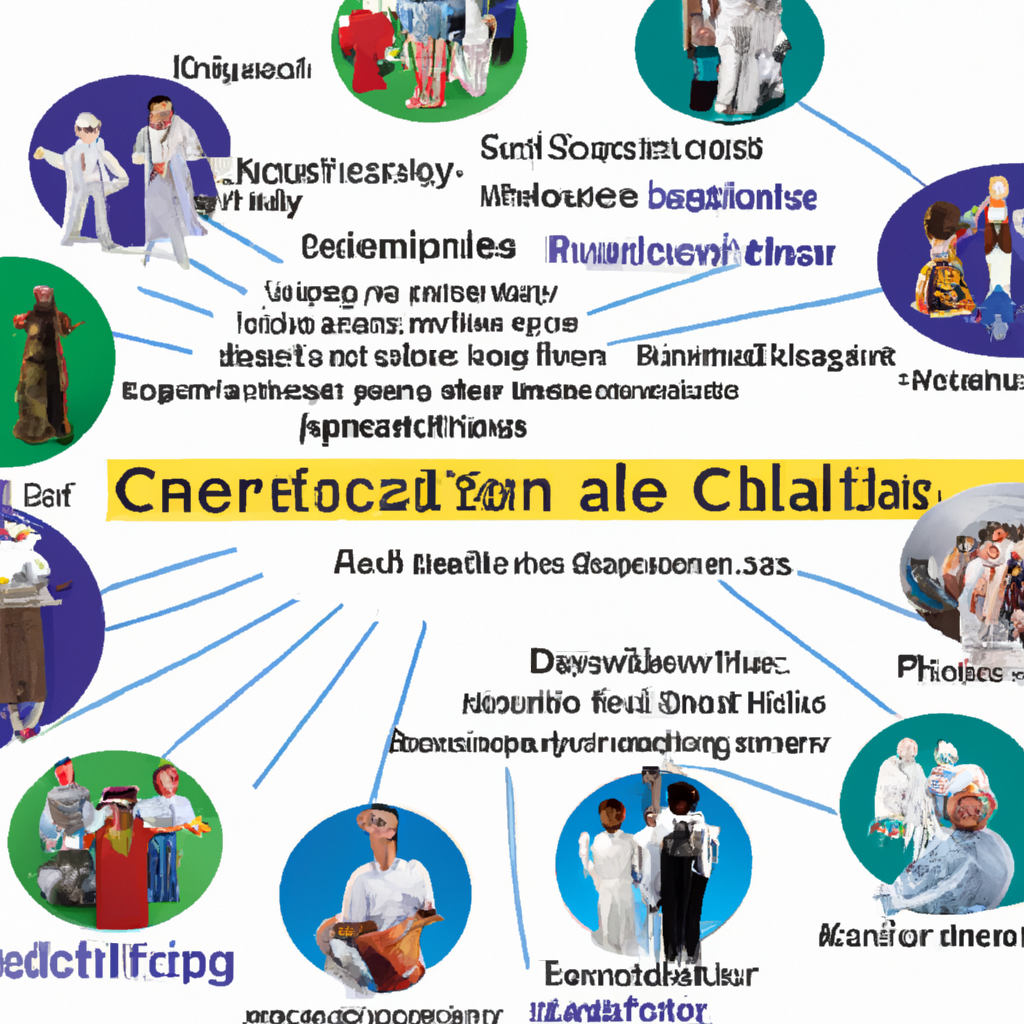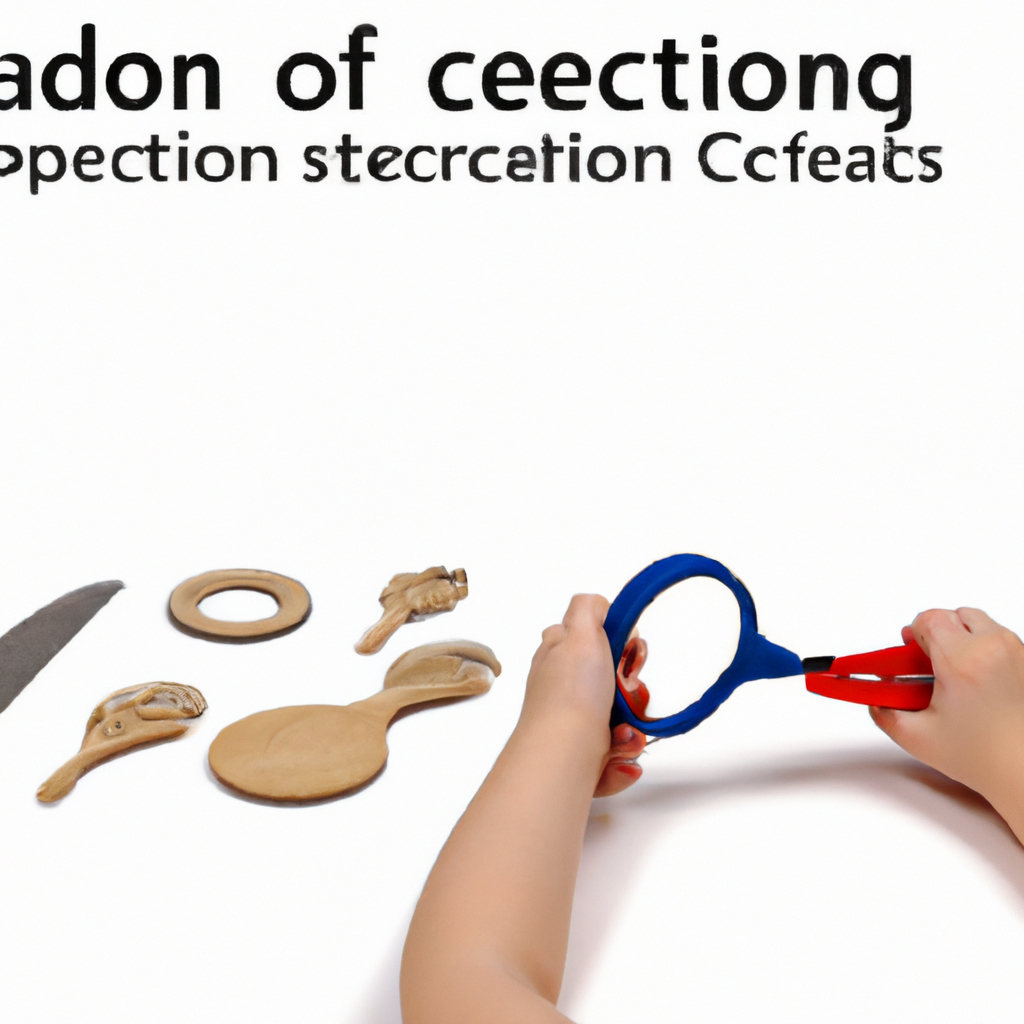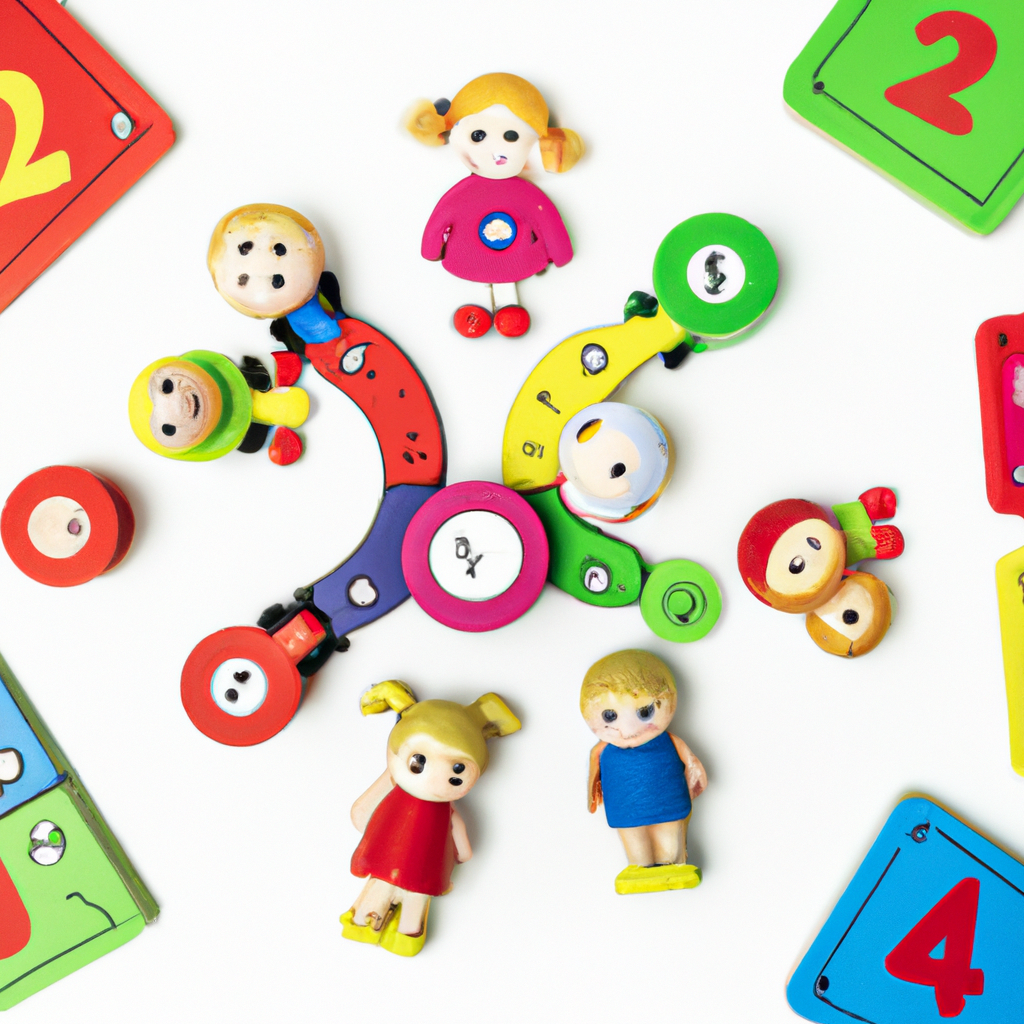Just like a conductor leads a symphony, executive function serves as the skilled director of our cognitive skills, organizing our thoughts, actions, and emotions.
In child development, it plays a vital role in shaping academic success, social interactions, and overall well-being.
Understanding executive function – its definition, key components, and developmental milestones – is crucial for parents and educators alike.
This article explores the importance of executive function in child development, offers strategies to support its growth, and highlights common challenges faced along the way.
Let us dive into the fascinating world of executive function and its impact on our young minds.
Key Takeaways
- Executive function is the cognitive processes that allow children to plan, organize, and regulate their behavior.
- Well-developed executive function skills are crucial for academic success, social interactions, and emotional well-being.
- Behavioral regulation skills, such as controlling actions, impulses, and emotions, contribute to social skills and effective navigation of social situations.
- Enhancing behavioral regulation skills and effective time and task management improve academic success.
Definition of Executive Function
Executive function is the set of cognitive processes that allow children to plan, organize, and regulate their behavior. It involves the ability to set goals, make decisions, and control impulses. Executive function skills are crucial for children’s development as they provide the foundation for success in various aspects of life, including academics, social interactions, and emotional well-being.
The definition of executive function encompasses several core components. First, there is working memory, which involves holding and manipulating information in the mind while completing a task. Second, there is cognitive flexibility, which refers to the ability to switch between tasks or perspectives. Lastly, there is inhibitory control, which helps children resist distractions and impulses.
Executive function plays a vital role in child development. Research has shown that children with well-developed executive function skills are better able to pay attention, follow directions, and solve problems. They also tend to have better self-control, exhibit more appropriate behavior, and have more positive social interactions. Additionally, executive function skills are linked to academic achievement, as they support tasks such as planning, organizing, and prioritizing.
Understanding the definition and importance of executive function in child development provides a crucial foundation for further exploration of this topic. By examining the various ways executive function skills impact children’s lives, we can gain a deeper understanding of how to support and promote their development.
Importance of Executive Function in Child Development
When it comes to child development, executive function plays a crucial role in cognitive development. Research has shown that executive function skills, such as attention, working memory, and self-control, are closely linked to a child’s ability to think critically, solve problems, and learn effectively.
Additionally, behavioral regulation skills, which are a key component of executive function, are essential for children to manage their emotions, control impulses, and adapt to new situations. These skills not only contribute to their overall well-being but also have a significant impact on academic success, as they enable children to stay focused, follow instructions, and complete tasks efficiently.
Cognitive Development and EF
To understand cognitive development and EF, you need to explore how children’s thinking skills develop over time.
Cognitive flexibility and working memory are two key components of executive function that play a crucial role in children’s ability to think, learn, and problem-solve.
Cognitive flexibility refers to the ability to switch between different tasks or perspectives, while working memory involves holding and manipulating information in the mind.
As children grow and mature, their cognitive flexibility and working memory skills improve, allowing them to adapt to new situations, think critically, and make decisions.
These skills are essential for success in school and everyday life.
Transitioning into the discussion of behavioral regulation skills, it is important to note that executive function encompasses a range of abilities that work together to support children’s self-control and self-regulation.
Behavioral Regulation Skills
As I have observed in my research, children’s ability to regulate their behavior and emotions improves as they mature. This leads to enhanced social skills and more effective navigation of social situations.
This development of behavioral regulation skills is a crucial aspect of cognitive development. It involves the ability to control one’s actions, impulses, and emotions in order to adapt to different contexts and achieve desired outcomes.
Research suggests that children who possess strong behavioral regulation skills are more likely to experience positive social interactions, establish and maintain relationships, and engage in prosocial behaviors. These skills are essential for children to succeed academically and in their everyday lives.
With improved behavioral regulation skills, children are better equipped to focus on tasks, manage their time effectively, and persist in the face of challenges. This ultimately leads to greater academic success and overall executive function.
Academic Success and EF
You can improve your academic success by enhancing your behavioral regulation skills and effectively managing your time and tasks. Academic support and executive function skills go hand in hand when it comes to achieving success in school. Executive function skills, such as planning, organizing, and self-monitoring, are crucial for academic tasks like studying, completing assignments, and taking exams. By developing these skills, students can better prioritize their work, stay focused, and manage their time efficiently. To illustrate the relationship between academic support and executive function skills, consider the following table:
| Academic Support | Executive Function Skills |
|---|---|
| Tutoring | Planning |
| Study groups | Organizing |
| Time management | Self-monitoring |
| Note-taking | Task initiation |
| Test preparation | Time management |
As you can see, academic support provides the necessary tools and strategies to enhance executive function skills, ultimately leading to improved academic success. Now, let’s explore the key components of executive function in further detail.
Key Components of Executive Function
Understanding the key components of executive function can help you support your child’s development. Executive function refers to a set of cognitive processes that enable us to plan, organize, and monitor our actions. It involves skills such as problem solving, attention control, inhibitory control, and working memory. These components work together to help children navigate daily tasks and challenges.
Problem solving skills are a crucial aspect of executive function. They involve the ability to identify a problem, analyze it, and generate potential solutions. Children with well-developed problem solving skills are better equipped to handle complex situations and make informed decisions.
Another important component of executive function is inhibitory control. This refers to the ability to resist impulsive behaviors or distractions and stay focused on a task. It helps children regulate their emotions, resist temptations, and make thoughtful choices.
Working memory is also a key component of executive function. It involves the ability to hold and manipulate information in our minds for short periods of time. Children with strong working memory skills can follow multi-step instructions, remember important details, and mentally juggle different pieces of information.
Understanding these key components of executive function can provide valuable insights into your child’s development. By fostering their problem solving skills, inhibitory control, and working memory, you can support their overall cognitive growth and help them succeed in various aspects of life.
Moving forward, let’s explore the developmental milestones of executive function, which can help us understand how these skills develop over time and what we can expect from our children at different stages of their development.
Developmental Milestones of Executive Function
Let’s take a look at the milestones of executive function development to gain a better understanding of how these skills progress over time.
Executive function encompasses a set of cognitive processes that allow individuals to plan, organize, and regulate their behavior.
In early childhood, children begin to develop basic executive function skills such as inhibiting impulses and shifting attention. By age 4, they start to demonstrate more advanced abilities, such as working memory and cognitive flexibility.
However, it is important to note that children develop at different rates, and some may experience developmental delays in executive function. These delays can manifest as difficulties in self-control, problem-solving, and organization. In such cases, early intervention is crucial to support the development of these skills.
Various executive function interventions have been found to be effective in promoting growth and addressing developmental delays. These interventions often involve structured activities that target specific executive function skills, such as memory games, planning exercises, and self-regulation strategies.
Understanding the developmental milestones of executive function is essential because it provides a framework for identifying potential delays and implementing appropriate interventions. By identifying and addressing these delays early on, we can help children develop the necessary executive function skills to succeed academically and in other areas of life.
Impact of Executive Function on Academic Performance
When it comes to academic performance, executive function plays a crucial role. Research has shown that students with strong executive function skills tend to have higher grades.
Executive function skills, such as planning, organization, and time management, are essential for effective learning and completing assignments. Additionally, executive function abilities have been linked to better learning outcomes and overall school success.
Executive Function and Grades
Executive function plays a crucial role in determining a child’s academic success, as it directly impacts their grades. When it comes to time management, children with strong executive function skills are better able to prioritize tasks, set goals, and manage their time effectively.
Additionally, executive function is closely linked to decision-making abilities. Children with well-developed executive function skills are more likely to make thoughtful and informed decisions, which can positively influence their academic performance.
Furthermore, executive function skills are associated with the ability to regulate emotions and control impulses, both of which are important for staying focused and on track with schoolwork. These findings highlight the significant role that executive function plays in a child’s academic success.
Moving forward, it is important to explore how executive function impacts learning outcomes.
EF and Learning Outcomes
Strong executive function skills have a direct impact on a student’s learning outcomes. Research has shown that students with strong executive function skills are more likely to engage in effective learning strategies, such as goal setting, time management, and self-regulation. These skills enable students to plan, organize, and prioritize their tasks, leading to improved academic performance.
To assess executive function skills, various assessment tools are available, such as the Behavior Rating Inventory of Executive Function (BRIEF) and the Delis-Kaplan Executive Function System (D-KEFS). These assessments provide valuable insights into a student’s executive function abilities and can inform educators on how to support and develop these skills.
EF and School Success
To improve your chances of academic success, it’s important to develop and enhance your executive function (EF) skills. EF refers to a set of mental processes that help us plan, organize, and regulate our behavior to achieve our goals.
Research has shown that strong EF skills are associated with better academic performance and social skills. For example, children with well-developed EF skills are more likely to have good emotional regulation, which allows them to manage their emotions effectively and handle stress in a healthy way. This, in turn, helps them to focus and concentrate in school, leading to improved school success.
Understanding the connection between EF and social skills, as well as executive function and emotional regulation, can help us support children in developing these skills. By providing strategies and tools to enhance EF skills, we can help children thrive academically and socially.
Strategies to Support Executive Function in Children
One effective way parents can help their children develop executive function skills is by implementing simple routines and consistent expectations. By establishing predictable daily routines, children are able to develop a sense of structure and organization, which in turn enhances their executive function abilities.
Additionally, parents can set clear expectations for their children regarding tasks and responsibilities, providing them with the opportunity to practice planning, organizing, and prioritizing their actions.
To further support executive function development, parents can implement the following strategies:
-
Break tasks into smaller steps: By breaking down complex tasks into manageable steps, children can develop their planning and problem-solving skills. This approach allows them to approach tasks incrementally, reducing overwhelm and fostering a sense of accomplishment.
-
Provide visual cues and reminders: Visual aids, such as charts, calendars, or checklists, can help children develop organization and time-management skills. These visual cues serve as reminders and support their ability to plan and prioritize their activities.
-
Encourage self-reflection and metacognition: By encouraging children to reflect on their own thinking processes, parents can help them develop metacognitive skills. This involves asking questions like, ‘What strategies did you use? How did you approach this task?’ This practice promotes self-awareness and critical thinking, key components of executive function.
Common Challenges in Executive Function Development
Are you struggling with the common challenges that can arise when developing executive function skills?
Cognitive development in children goes hand in hand with the development of executive function skills. However, there are several challenges that can hinder this process.
One common challenge is difficulty with attention and focus. Children with poor executive function skills may find it hard to concentrate on tasks, leading to decreased productivity and academic performance.
Another challenge is poor organization and planning skills. Children may struggle with staying organized, remembering deadlines, and breaking tasks down into manageable steps.
Additionally, impulse control is a challenge for some children. They may have difficulty regulating their emotions and impulses, leading to impulsive decision-making and inappropriate behavior.
These challenges can have a significant impact on a child’s overall functioning and success in various areas of life. Understanding and addressing these challenges is crucial for supporting children in developing their executive function skills.
Transitioning into the next section about the role of parents and educators in promoting executive function skills, it is important to recognize that they play a vital role in helping children overcome these challenges.
Role of Parents and Educators in Promoting Executive Function Skills
Parents and educators can play a crucial role in promoting the development of executive function skills in children. These skills are essential for academic success, as well as for social and emotional well-being. One way to support the development of these skills is by using technology as a tool for learning and practice.
Technology can be a powerful tool in teaching children how to plan, organize, and manage their time effectively. Educational apps and games can provide opportunities for children to practice these skills in a fun and engaging way. For example, there are apps that help children create schedules, set goals, and track their progress. These tools can teach children how to break down tasks into smaller steps and prioritize their activities.
Furthermore, research has shown that executive function skills have a significant impact on social skills. Children with strong executive function skills are better able to regulate their emotions, control their impulses, and think before they act. These skills are crucial for building positive relationships, resolving conflicts, and making responsible decisions. By promoting the development of executive function skills, parents and educators can help children improve their social interactions and develop healthy relationships.
Frequently Asked Questions
What Are Some Strategies to Help Improve Executive Function Skills in Children?
Classroom strategies and parental involvement are essential for improving executive function skills in children.
By creating a structured and organized learning environment, teachers can help children develop skills such as planning, organizing, and managing time.
Providing clear instructions, breaking tasks into manageable steps, and offering visual aids can also support executive function development.
Additionally, parents can reinforce these skills at home by establishing routines, setting goals, and encouraging self-regulation.
Together, these strategies can greatly enhance executive function skills in children.
How Does Executive Function Development Impact Social and Emotional Skills in Children?
I find it quite fascinating how executive function development can actually have a significant impact on social and emotional skills in children. Research suggests that children with better executive function skills tend to have stronger social and emotional competence.
It seems that these skills play a crucial role in fostering healthy relationships and effective communication. Additionally, parents can play a vital role in supporting executive function development through various strategies, such as providing structure and promoting self-regulation.
Are There Any Specific Activities or Exercises That Can Be Done to Promote Executive Function Skills?
There are several activities and exercises that can be done to promote executive function skills in children.
Play-based interventions, such as board games and pretend play, can help develop skills like problem-solving and self-control.
Additionally, cognitive training programs, which involve specific exercises targeting executive function skills, have shown promising results. These programs often focus on activities that improve working memory, attention, and impulse control.
Both play-based interventions and cognitive training programs can be effective in supporting executive function development in children.
How Does Executive Function Development Differ Between Boys and Girls?
When it comes to executive function development, gender differences play a role. Research suggests that there are some variations in how boys and girls develop these cognitive skills.
For example, boys tend to exhibit better inhibitory control, while girls may have an advantage in working memory tasks. These differences are not absolute and can vary within individuals.
Understanding these nuances can help us better support children’s cognitive development and tailor interventions to their specific needs.
Can Executive Function Difficulties Be Overcome With Intervention and Support?
Executive function difficulties in children can be overcome with intervention and support. Research has shown that targeted interventions, such as cognitive training and behavioral strategies, can improve executive function skills.
Additionally, support systems, including teachers, parents, and therapists, play a crucial role in providing the necessary guidance and resources for children to develop these skills.
Conclusion
In conclusion, executive function plays a crucial role in a child’s development. It encompasses various cognitive skills that are essential for academic success and overall well-being.
By understanding the key components and developmental milestones of executive function, parents and educators can support children in fostering these skills.
It is important to remember the adage, ‘practice makes perfect,’ as consistent practice and guidance can help children overcome challenges and enhance their executive function abilities.
With the right strategies and support, children can thrive academically and reach their full potential.
Avery brings the magic of words to life at Toddler Ride On Toys. As a dedicated writer, she combines her love for writing with her fascination for child development to craft articles that resonate with our audience. With a background in journalism and a knack for storytelling, Avery’s pieces inform, engage, and inspire parents and caregivers.










